|
In today's fast-paced IT environments, the speed with which you triage a problem and identify a fix is key to setting your IT solutions apart from the others.
Leading the pack in this problem/solution race, Cisco Catalyst SD-WAN offers customers the ability to secure and scale their networks without an army of network engineers. In essence, Catalyst SD-WAN operates as a distributed compute network comprising three planes: Management Plane, Control Plane, and Data Plane.
Although a distributed compute architecture allows flexibility and scaling for operations, it presents real challenges for debugging and troubleshooting. Consider, for instance, a use case involving onboarding new devices, where identifying the issue typically requires analysis of both the Management Plane and Control Plane. Similarly, when customers push a security policy that impacts policy across their entire network, debugging involves the Management Plane, Control Plane, and Data Plane.
Leave it to Splunk.Coming in like a trusted sidekick to make your life easier, Splunk correlates and gathers all your logs across a distributed network, changing the game of triage. You can now pour your logs into Splunk from all distributed compute nodes and have a single pane of glass from which engineers can work. Furthermore, by easing the struggle of root cause analysis through real-time and offline capabilities, Splunk increases the speed of troubleshooting and enables the automation and robotization of debugging for use cases that prefer no human intervention.
In this blog, we'll examine how Splunk helps solve the troubleshooting dilemmas of distributed computing systems (Catalyst SD-WAN).
Challenges in distributed compute systems
Catalyst SD-WAN is a distributed compute network that relies on unified interactions between compute nodes (controllers, managers, and edge devices). However, when problems arise, troubleshooting can quickly become more complicated, as each node operates with its own set of processes and logs, potentially causing a cascading effect that requires meticulous correlation between nodes to identify the root cause of an issue.
A few fundamental problems in distributed compute systems include:
- Analyzing logs across compute nodes and processes:Distributed compute systems rely on interactions between different nodes, each with its own set of processes and logs. Debugging requires engineers to analyze logs from multiple nodes (controllers, managers, and devices) to identify discrepancies or failures. Trying to debug such a system is like trying to find a needle in a haystack.
- Cross-correlating logs over time intervals:Distributed environment issues typically emerge over time and affect multiple nodes. Triaging involves collecting relevant log entries of events (from all affected devices) that occurred around the same time and replaying the sequence in which these actions occurred. This manual labor of sifting through large amounts of data can lead to mistakes.
- Finding patterns within multiple processes:Each separate process usually creates its own distinct log entries. So you need to cross-correlate and examine these logs to identify patterns or interdependencies that lead to the root cause of the issue.
- Processing large amounts of data:Distributed systems generate substantial amounts of log data, particularly during periods of heavy use or failure conditions. Weeding through that information to offer insight can be a nightmare without the correct tools.
How Splunk improves troubleshooting distributed compute systems
- It filters logs and recognizes patterns:Splunk's high-level filtering and tagging capacity lets you focus on pertinent logs. It can filter by timestamp, keyword, or tag. Splunk can also reveal patterns, highlighting irregularities and trends, so you can minimize manual work and gain insights faster to solve problems.
- Splunk dashboards help you identify important events: With Splunk dashboards, you can see how a network behaves, providing quick insight into recognizing crucial events and abnormal behavior. The dashboard also displays bottlenecks, traffic spikes, and other key metrics to help you troubleshoot and maintain a smooth process.
Whether you're correlating logs, aggregating events, or using visualization features, you can count on Splunk to streamline troubleshooting for your distributed compute systems. Then you can focus on solving problems instead of looking for data.
Best practices for using Splunk in distributed systems
Here are some best practices to remember when you want to get the most from Splunk's features for distributed compute environments:
- Create standardized log formats:Have a standard log format for all the compute nodes (controllers, managers, and devices). It's easier for Splunk to parse and correlate data that's structurally uniform.(For example, every log line should include the timestamp, log level, and message in the exact same order and format.)
- Automate data ingestion:Make sure you establish automated data pipelines so that all nodes' logs can be ingested live. This will reduce latency between logs and establish ubiquitous access to data live so that engineers can troubleshoot the most current data.
- Use custom dashboards:You can define tailored dashboards based on your use cases, for instance, onboarding devices or deploying policies. Then you can use your dashboard to its fullest extent to visually represent data , determine where developer behavior differs from expectations, and make decisions regarding trends with metrics and data-and you can do all this faster with your dashboard than you can through logs.
- Set up proactive alerts:You can implement warnings so that, where possible, they could be issued before limiting patterns or thresholds. Anticipatory warnings let you actively treat limiting conditions before they become major issues.
- Train teams on advanced features:Consider ensuring engineers are educated on the new Splunk features (for instance, filtering, tagging, and machine learning). The more educated an engineer is on Splunk, the better they will perform in terms of troubleshooting.
- Troubleshoot with document and template workflows:Consider applying Splunk to document/templatize duplicated standardized troubleshooting workflows across your teams, which will introduce standardization and significantly decrease the speed with which teams solve problems.
- Leverage troubleshooting strategies with integration:You can have Splunk integrated into your existing automation tooling inside your organization to get robotized troubleshooting! This could automate mundane tasks (for instance, log filtering and anomaly detection) giving engineers more time for high-level issue management.
When you troubleshoot manually in the world of network operations, you're bound to run into some errors. But Splunk empowers you to not only spot the problems but establish their root cause and take action, effectively streamlining your workflows through automation.
From clearing onboarding hurdles to troubleshooting policy deployments, Splunk gives you the confidence to strategically optimize your distributed systems.
Organizations using Cisco's Catalyst SD-WAN or similar solutions can depend on Splunk, saying goodbye to tedious troubleshooting and hello to streamlined network management.
Learn Cisco SD-WAN and Splunk in Cisco U.
- Get up to speed with the intermediate Learning Path, Implementing Cisco SD-WAN Solutions | ENSDWI.
- View all Splunk learning.
Read next:
ECSS Learning Path: Level up Your Security Stack with Splunk on Cisco
Sign up for Cisco U. | Join the?|?YouTube Cisco Learning Network?today for free.| Join the? Cisco Learning Network?today for free.
Learn with Cisco
X?|?Threads | Facebook?|?LinkedIn?|?Instagram|?Threads | Facebook?|?LinkedIn?|?Instagram?|?YouTube
Use? #CiscoU and #CiscoCert?to join the conversation.


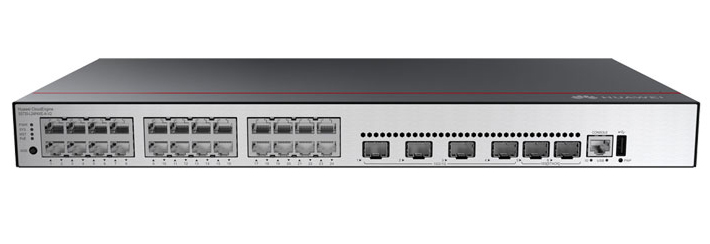
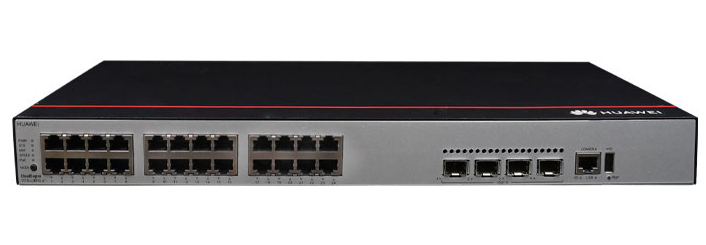

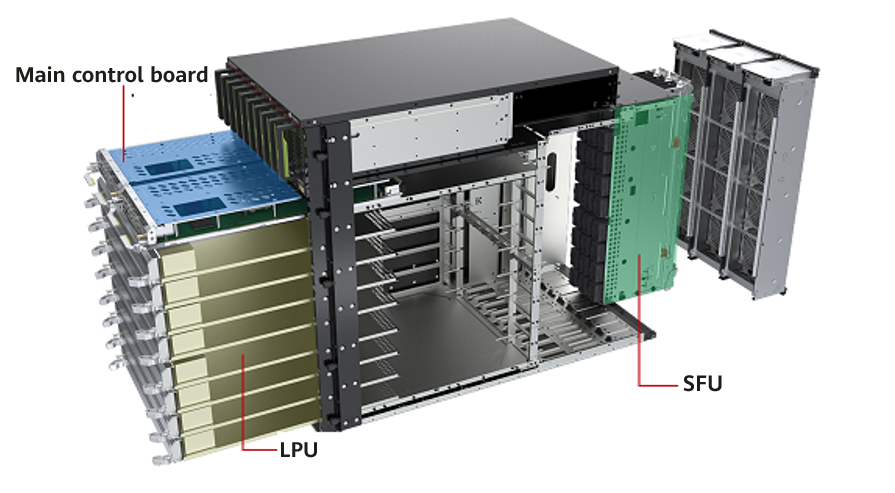

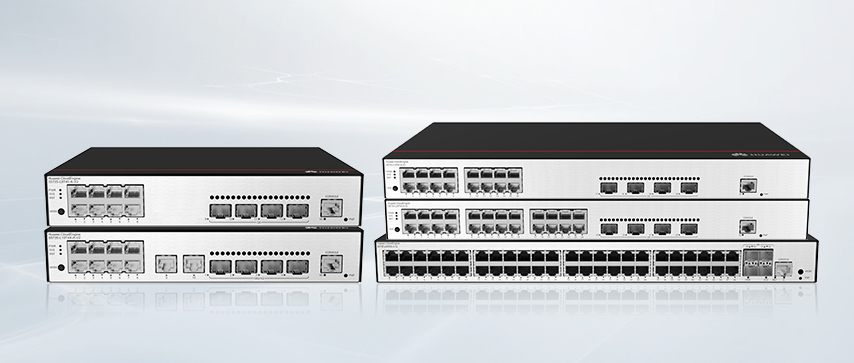
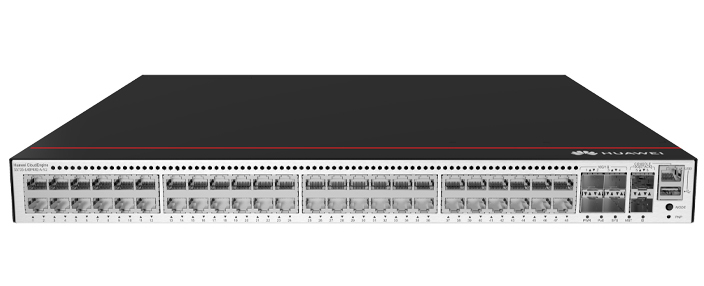
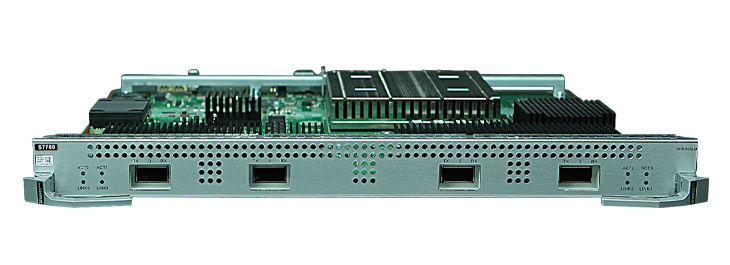

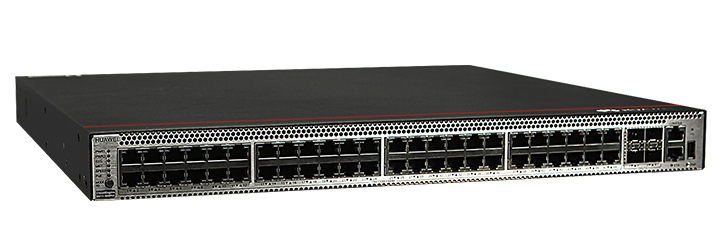
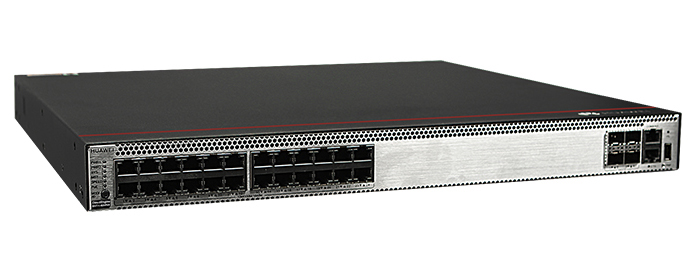
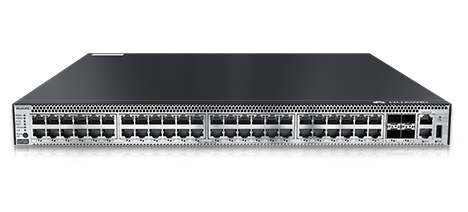
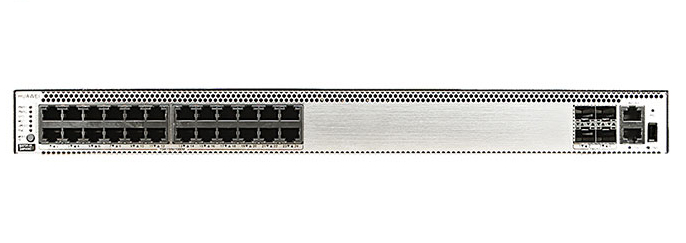
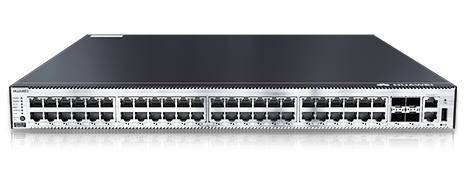
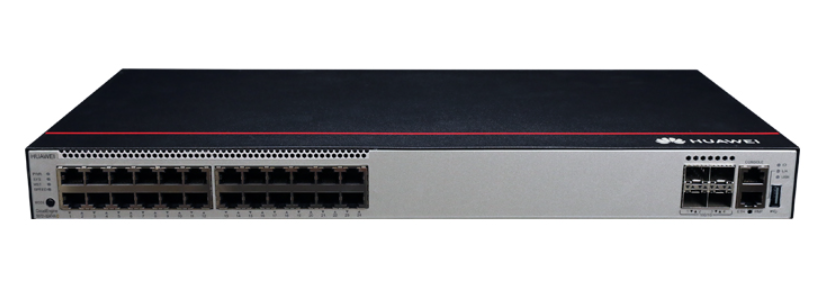

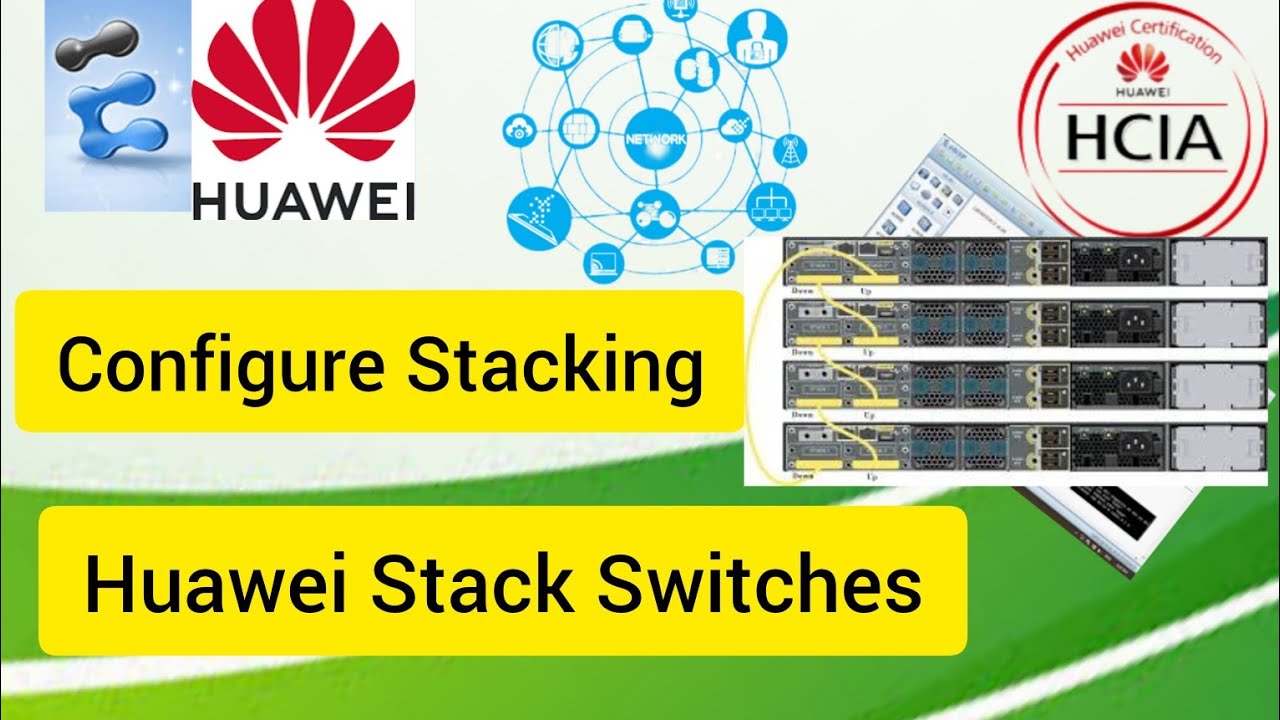

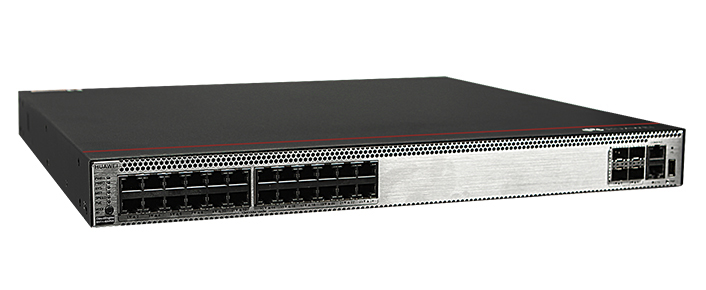
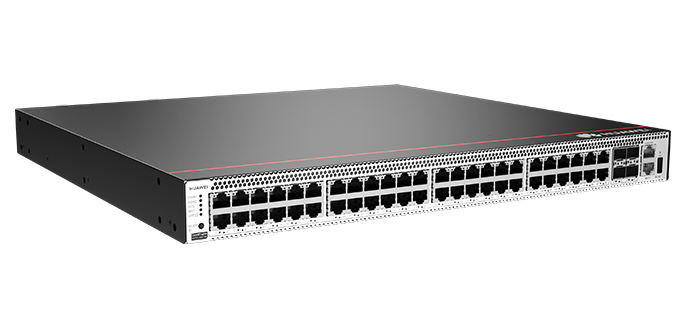

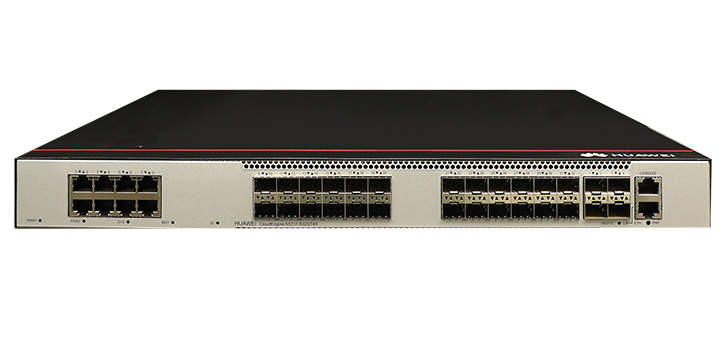
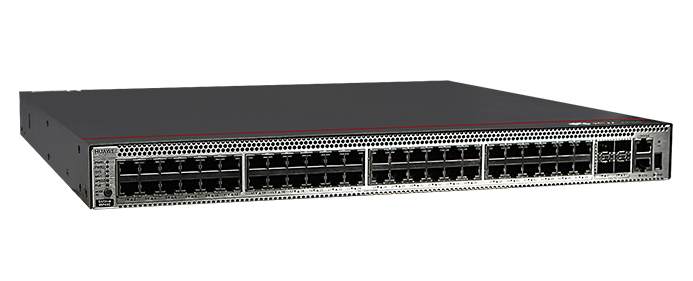
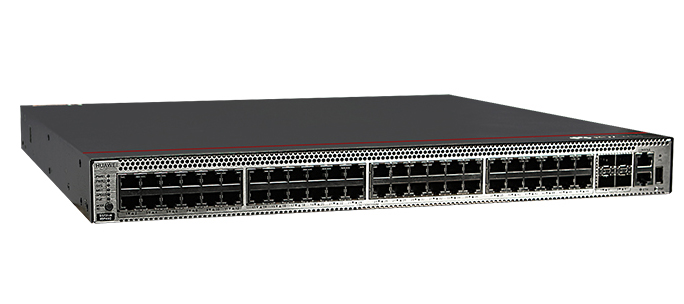

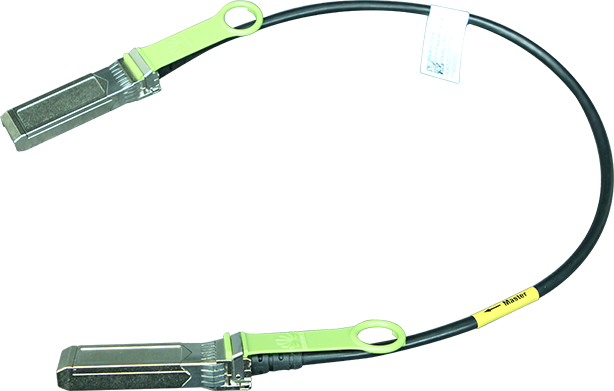
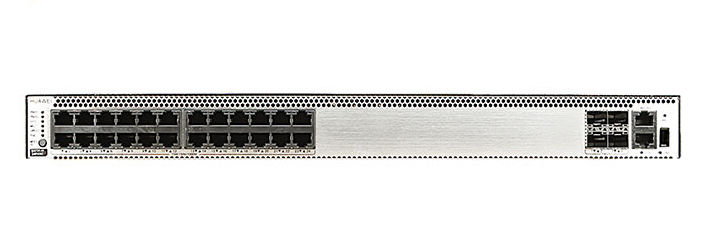
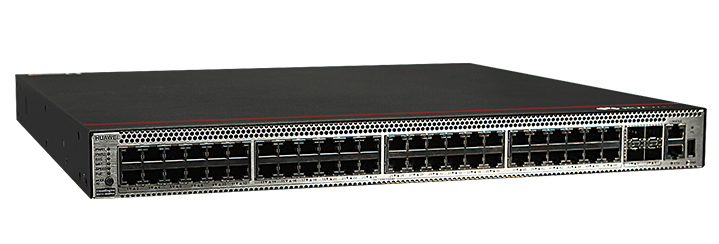
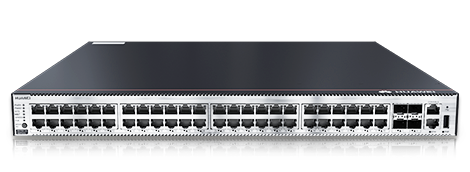

 Tags quentes :
Splunk
Cisco U.
Cisco Catalyst SD-WAN
Tags quentes :
Splunk
Cisco U.
Cisco Catalyst SD-WAN